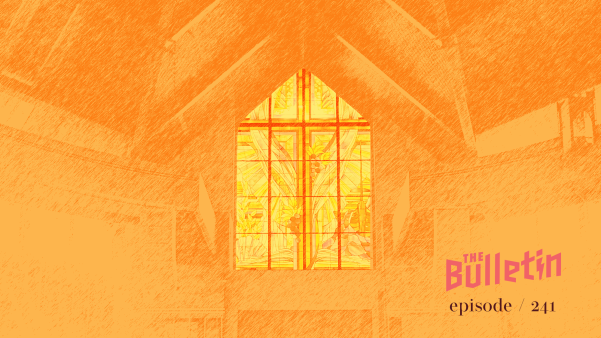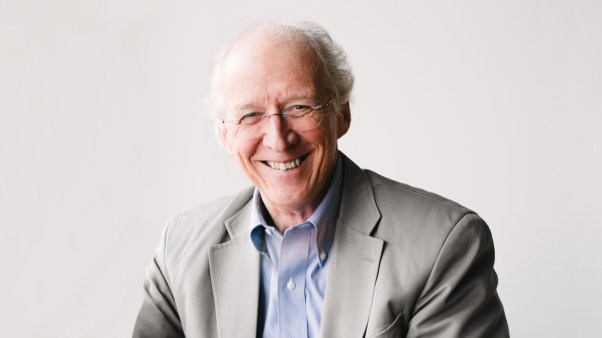A unanimous Supreme Court, upholding bans on doctor-assisted suicide in thestates of New York and Washington, has sent the “right to die” battle backto the state level.
In a June 26 ruling, the justices found that the Constitution does not givepeople a right to end their lives with the aid of a physician, but suggestedthat states might be free to enact measures that allow it in limitedcircumstances.
Chief Justice William Rehnquist, who wrote the main decision, said the conceptof assisted suicide conflicts with “our nation’s history, legal traditions,and practices.”
The Christian Medical and Dental Society hailed the decision, along withthe American Medical Association, but expressed concern that the concurringopinions of five justices keeps the constitutional debate alive. JusticeJohn Paul Stevens said that there is “room for further debate about the limitsthat the Constitution places on the power of the states to punish”doctor-assisted suicide.
STATES TAKE THE INITIATIVE: The high court decision “left the doorwide open for us to continue with our legislative program,” says Derek Humphry,founder and former president of the Hemlock Society, a “right to die” advocacygroup. “It has always been the policy of the right-to-die movement to gofrom state to state and try to get laws passed which set up physician-assistedsuicide with safeguards, in a careful, regulated manner.”
The state battle begins in Oregon, where Humphry heads the Euthanasia Researchand Guidance Organization. It is one of several groups backing Oregon Rightto Die’s campaign for a November ballot initiative called the “Death withDignity Act,” or Measure 16.
In 1994, Oregon voters approved the measure by 51 to 49 percent, but courtchallenges, led by Oregon Right to Life, have prevented it from taking effect(CT, Jan. 9, 1995, p. 54). In June, the Oregon legislature sent Measure 16back to the voters for possible repeal.
“Measure 16 could be the waterloo for the Hemlock Society” and other right-to-dieorganizations, says Steven McFarland, director of the Christian Legal Society’sCenter for Law and Religious Freedom. “This is a scheme to start the ballrolling in the most likely place. If Oregon becomes the first to permitphysician-assisted suicide, then other states will follow suit.”
The Oregon initiative allows a mentally competent, terminally ill patientto request a prescription for a fatal dose of medication. Two doctors mustagree that the patient has no more than six months to live, and witnessesmust affirm that the request is voluntary. The patient has to make the requestthree times, with a 15-day waiting period after the first request. Only thepatient is allowed to administer the drugs.
SLIPPERY SLOPE CITED: Citing a Netherlands law that grants immunityto doctors who assist suicides under certain conditions, opponents assertthat the Oregon law’s restrictions are not enough to prevent society fromheading down a path toward involuntary euthanasia.
Dutch studies show that oral medication alone fails to bring a quick andeasy death in one-fourth of the cases, often causing even more pain. TheOregon legislature used those studies as the basis for sending Measure 16back to the voters. Failed initiatives in Washington and California includedan argument for permitting lethal injection by a physician.
Opponents of doctor-assisted suicide believe that public opinion is shiftingas the issue is discussed more. In April, the Oregon Medical Associationvoted 121 to 1 to oppose Oregon’s Measure 16, reversing its three-year neutralstand on the law, which it now condemns as “seriously flawed.”
Many assisted-suicide advocates say they detest the actions of Jack Kevorkianbut point out that his methods underscore the need to establish guidelinesfor a practice that occurs every day.
“Passive euthanasia goes on all the time,” says Barbara Coombs Lee, executivedirector of Compassion in Dying, a Seattle organization that sponsored thecases brought before the Supreme Court. “Aid in dying has the potential,for the first time, to add the patient’s desires and sensitivities to thatdecision-making process.”
Opponents of assisted-suicide agree with Lee that the Oregon measure highlightsa need for better care for the dying. But many people simply need to knowwhat is already available, says Calvin College biology professor Hessel Bouma,a frequent lecturer on the issue.
“The testimony I hear regularly from individuals dying in hospice care is,I only wish I’d come to you people a lot earlier.”
Copyright © 1997 Christianity Today. Click for reprint information.










